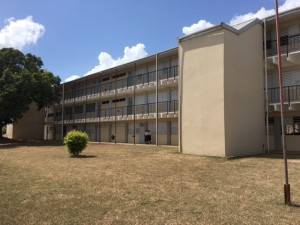Campus Safety East Conference
My son Chris and I used to present together frequently. Now that Chris lives in Oregon and both of our schedules have gotten even busier, we rarely have the opportunity to co-present. We are very excited that we will have the opportunity to present together for a full day at a special pre-conference school emergency preparedness workshop at the Campus Safety East conference being held in National Harbor Maryland on July 25th 2016.
Over the years, I have found the Campus Safety conference events to be great events with a diverse array of topics, presenters, vendors and networking opportunities. Chris and his video crew have been working on a series of new school weapons incident scenario videos and they will be developing a series of custom school crisis audio scenarios for this event. Campus Safety plans to make these audio scenarios available for attendees and we will be providing each participant with a copy of our latest book Staying Alive – How to Act Fast and Survive Deadly Encounters.
This information-packed and dynamic session will cover a variety of hot school safety topics including:
- Weapons Concealment and Detection
- When Young Lives are at Stake – Practical and Proven Approaches to School Emergency Preparedness
- Look Who’s Talking – Critical School Safety Communications Before, During and After a Crisis
- Innocent Targets – When Terrorism Comes to School
- Know the Drill – Improving Survivability for School Crisis Situations Using Enhanced School Emergency Drills
The workshop is a K12 education track while higher education has its own pre-conference session on the Clery Act. For those in higher education interested in emergency preparedness, you will still find our workshop engaging and most of the concepts we will be discussing apply to the college environment as well.
Chris and I hope to see you at the Campus Safety Conference East this July!
For more information and to register, please visit the Campus Safety East homepage:
http://campussafetyconference.com/east
For more information on the pre-conference workshop by Michael Dorn and Chris Dorn:
http://www.campussafetyconference.com/east/program/d1



